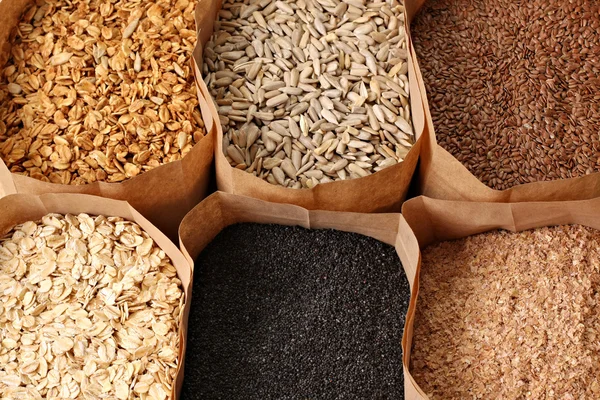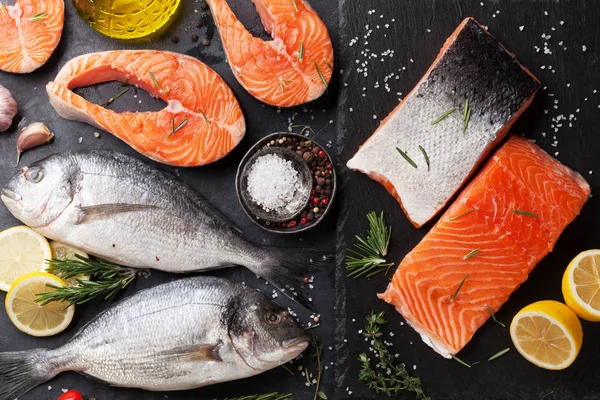Hey there! Today, I want to take you on a little journey through the supermarket aisles, guiding you on how to choose the right products for a healthier diet. As a seasoned home cook with a background in nutrition, I know how overwhelming it can be to make the best choices amidst the sea of options available. But fear not! By the end of this post, you’ll feel more confident about filling your cart with nutritious goodies.
Start with a Plan
First things first, always go to the supermarket with a plan. This doesn’t just mean having a list of items you need but also having a rough idea of what meals you’ll be preparing throughout the week. One great resource I rely on is Cook with ease: visit AllDishes. They offer an amazing array of everyday recipes that can help you plan your meals and shopping list effectively. Having a plan not only saves time and money but also helps you avoid impulsive, less healthy purchases.
The Produce Section: Go Fresh and Colorful

One of the simplest ways to eat healthier is to load up on fruits and vegetables. The produce section should be the first place you visit. Aim for a variety of colors; different hues often mean different nutrients. For instance, leafy greens like spinach and kale are packed with vitamins A, C, and K, while bright red tomatoes are rich in lycopene, a powerful antioxidant.
When choosing fruits, it’s hard to go wrong. Fresh berries, apples, oranges, and bananas are all excellent choices. However, try to opt for what’s in season for the best flavor and price. Don’t forget to wash your produce thoroughly before consuming it to get rid of any pesticides or contaminants.
Whole Grains Over Refined Grains

Next up, let’s talk grains. Whenever possible, choose whole grains over refined grains. Whole grains like brown rice, quinoa, oats, and whole-wheat bread have more fiber, which is great for digestion and keeping you full longer. Fiber also helps in maintaining a healthy weight and can lower your risk of chronic diseases.
When shopping for bread and cereals, check the labels. Look for products where whole grains are listed as the first ingredient and avoid those with added sugars and artificial ingredients. Again, AllDishes offers recipes that incorporate these wholesome grains seamlessly into your meals.
Lean Proteins for Strength
Protein is essential for building and repairing tissues, but not all proteins are created equal. Lean proteins, such as chicken breast, turkey, fish, beans, and legumes, should be your go-to sources. Fish, especially fatty fish like salmon and mackerel, are also excellent sources of omega-3 fatty acids, which are beneficial for heart health.

When selecting meats, look for cuts with less visible fat and opt for skinless options. If you’re choosing ground meat, consider those labeled as lean or extra lean. Plant-based proteins like lentils, chickpeas, and tofu are not only healthy but also versatile in many dishes.
Dairy and Alternatives
Dairy can be a great source of calcium and vitamin D, which are important for bone health. Choose low-fat or fat-free options to reduce saturated fat intake. Greek yogurt, for instance, is a fantastic choice because it’s high in protein and can be used in both sweet and savory dishes.

If you’re lactose intolerant or prefer plant-based options, there are plenty of alternatives like almond milk, soy milk, and oat milk. Just be sure to choose unsweetened varieties to avoid added sugars.
Avoiding Processed Foods
Processed foods often contain high levels of sodium, sugars, and unhealthy fats. These include items like sugary cereals, snack bars, frozen meals, and packaged snacks. While it’s okay to indulge occasionally, these shouldn’t be a regular part of your diet.
Instead, try to prepare meals from scratch as much as possible. This way, you have full control over the ingredients and can ensure that what you’re eating is truly nutritious. For easy, healthy recipes, remember to check out AllDishes. Their recipes are not only simple but also designed with everyday cooking in mind.
Smart Snacking

Healthy eating doesn’t mean you have to give up snacking. The key is to choose smart snacks. Fresh fruits, vegetables with hummus, nuts, seeds, and yogurt are excellent choices. These snacks are nutrient-dense and can keep you satisfied between meals.
Reading Labels
Lastly, becoming a label-reading pro can make a big difference. Look at the ingredients list and nutrition facts panel to make informed choices. Avoid items with a long list of unrecognizable ingredients, and watch out for hidden sugars and unhealthy fats.
Conclusion
Healthy eating starts with smart shopping. By planning ahead, focusing on fresh produce, whole grains, lean proteins, and being mindful of processed foods, you’re setting yourself up for success. And remember, making small changes can lead to significant health benefits over time. So, next time you head to the supermarket, keep these tips in mind and don’t forget to Cook with ease: visit AllDishes for some culinary inspiration. Happy shopping!

